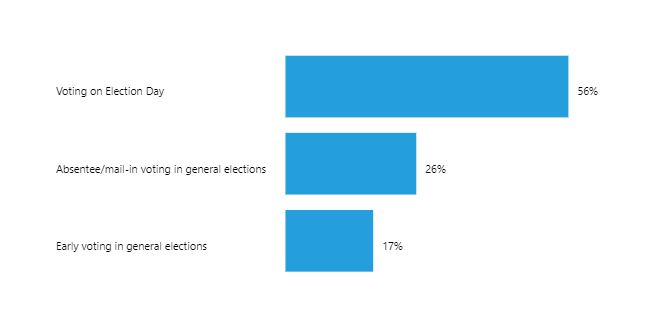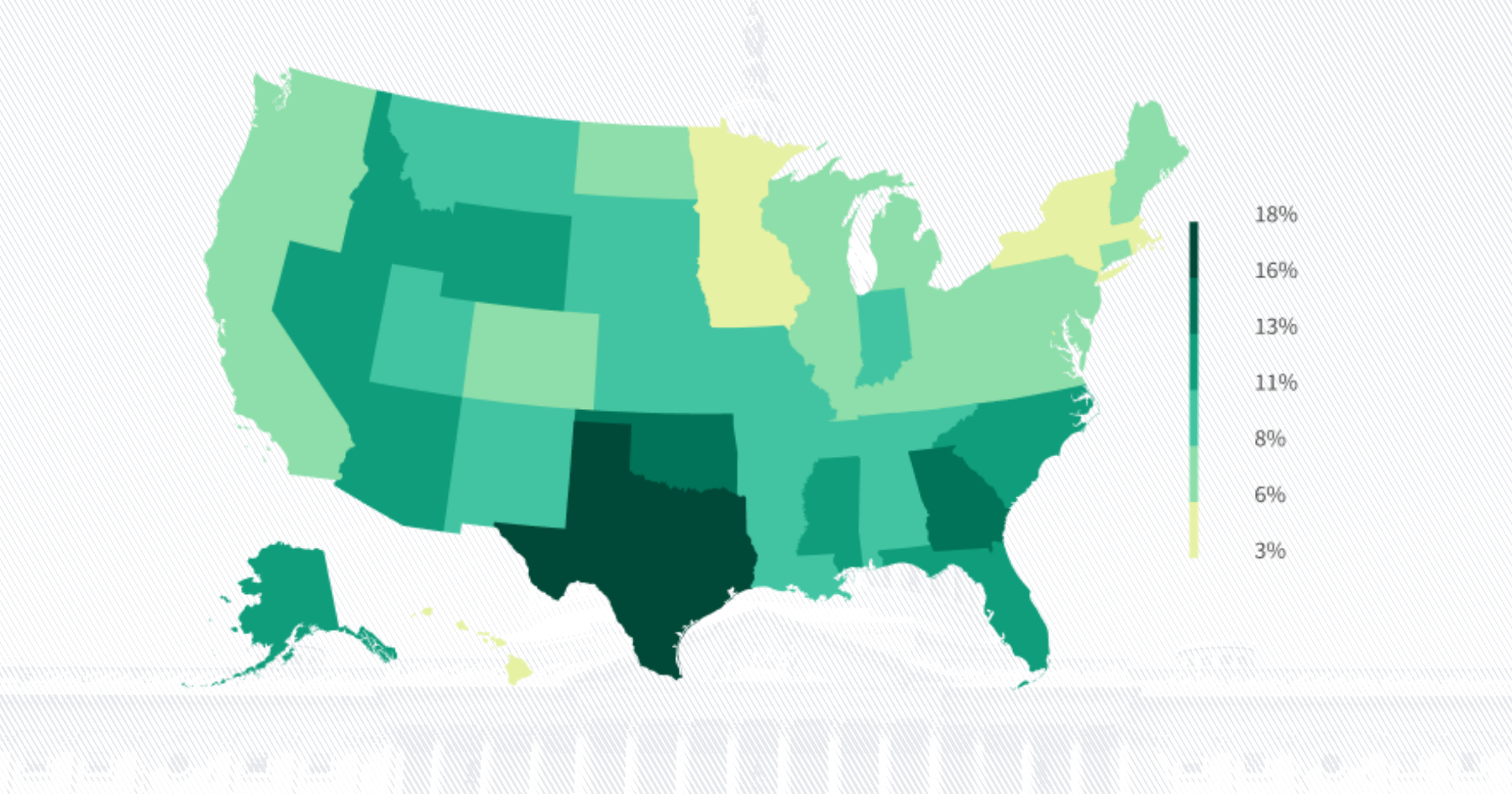Government
How does voter turnout in the US change by state, age and race?

The 2022 midterm elections determined the fate of abortion access in several states. Since the Supreme Court overruled federal protections to abortion access more than four months prior, it has been up to states to decide if the procedure is legal. In 2022, 18 states restrict access to abortion while 16 states protect access to the procedure in some capacity.
Abortion regulation and access were on the ballot in California, Michigan, Vermont, Montana, and Kentucky. Three states passed ballot initiatives that enshrined access to abortion in state constitutions. Kentucky voted against a ballot measure that would have erased abortion protection in the state constitution. Voters in Montana rejected a proposal requiring healthcare workers to perform life-saving medical care on infants who were born prematurely or survived abortions.
In November, Californians approved Proposition 1, which sought to explicitly protect a person’s reproductive freedom in the state constitution. The ballot initiative also adds constitutional protections over Californians' rights to buy and use contraceptives (such as condoms, birth control pills, and other birth control products.)
Michigan voters approved Proposal 22-3 amending the state constitution and enshrining a person’s right to reproductive freedom. This includes the right to make and carry out pregnancy-related decisions such as prenatal care, childbirth, postpartum care, contraception, sterilization, abortion, miscarriage management, and infertility care. The state can only regulate abortion after the fetus is viable[1] but cannot obstruct someone from getting an abortion to protect the life or physical health or mental health of the pregnant person.
Montana voters rejected Legislative Referendum 131, also known as the “Born-Alive Infant Protection Act.” The proposal defined fetuses born alive, including ones born alive after an abortion, as “legal persons.” It would have required “health care providers to take necessary actions to preserve the life of a born-alive infant. ” Healthcare providers could have faced up to 20 years in jail and a $50,000 fine if they refused to provide care.
In Kentucky, voters rejected a ballot measure that would have explicitly denied any constitutional protections to abortion. A trigger law in Kentucky that took effect after Roe V. Wade was overturned in June bans the procedure in the state.
Vermont voters approved Article 22, an amendment to the Vermont state Constitution that ensures “reproductive liberty” for all residents. The reproductive liberty amendment adds another layer of protection to abortion access in the state. In 2019, Vermont passed a law that prevents “public entities from interfering with or restricting the right of an individual to terminate the individual’s pregnancy.”
How have abortion laws changed since the Dobbs ruling?
Since the Dobbs ruling, state abortion laws have changed in several ways. Older laws on the books banning abortion went into effect. States with “trigger laws” set to ban abortion if Roe were overturned went into effect. And other states passed new laws prohibiting the practice.
To learn more about the state of abortion in 2022, see Which states passed new abortion laws in 2022?
Additionally, learn more about voting and elections in the US and get the facts every week by signing up for our newsletter.
A pregnancy is viable if the fetus has reached a stage of development where it can survive outside the womb, according to the Centers for Disease Control and Prevention.
Government
Government
Government
Government
Newsletter
Keep up with the latest data and most popular content.


